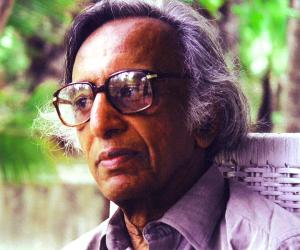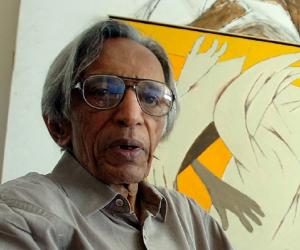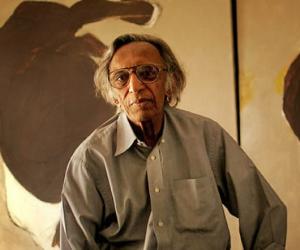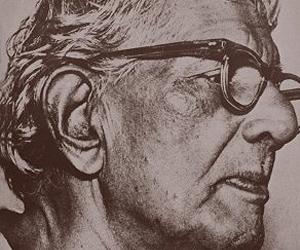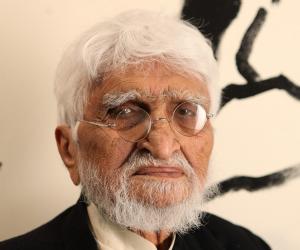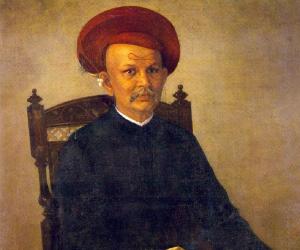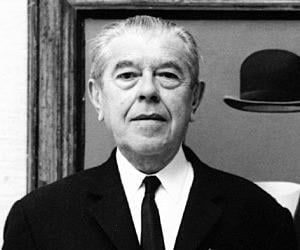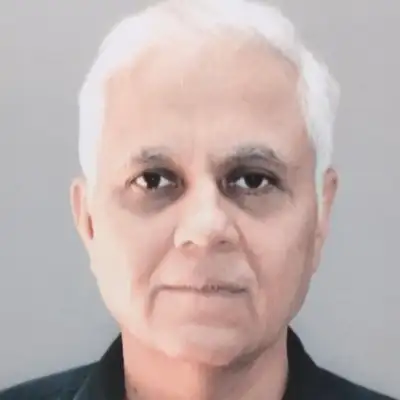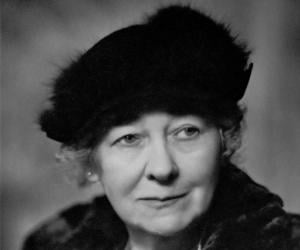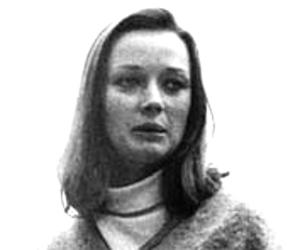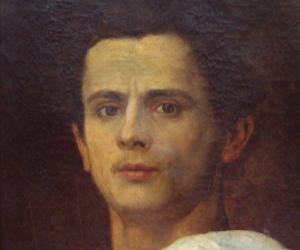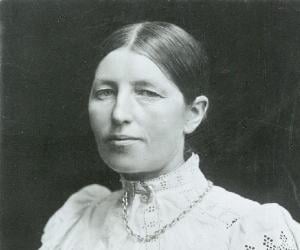Childhood & Early Life
Tyeb Mehta was born on September 26, 1925 in Kapadvanj, in the town of Kheda district in Gujarat in a Shi’ite Muslim family. During the partition of the country, his family chose to stay back in India, instead of moving over to Muslim-dominated Pakistan.
Raised in the Crawford Market area of Mumbai, young Tyeb was greatly influenced by the communal riots that the family was exposed to during partition. The incidents that he witnessed early in his life played a crucial role in his upbringing and later in his career.
Continue Reading Below
Career
He started off his career by working as a film editor at the Famous Studios in Tardeo, Mumbai in a cinema laboratory, along with his family.
It was his profound interest in painting that took him to Sir J.J. School of Art in 1952, from where he did his diploma in painting.
Later, he became a part of the Bombay Progressive Artists Group, the same group which boasted of having painting greats such as FN Souza, SH Raza and MF Husain. Inspired by the western modernism that the group professed, he moulded his paintings on the same lines.
In 1959, he moved to London, where he spent the important years of his youth life. It was during this time that he was inspired by the works of Francis Bacon, an expressionist painter whom he became acquainted with in London. The latter’s work greatly inspired his future paintings..
In 1964, he moved to New York, where he was awarded a fellowship from the John D Rockefeller 3rd Fund in 1968. His painting style eventually evolved as he drew inspiration from minimalist art and his work came to be characterized by minimalism.
Returning to India, he started living in Mumbai. In 1970, he made a short three-minute film, ‘Koodal’ which in Tamil means ‘meeting place’. Essentially shot at the Bandra slaughter house, the film won him his first Filmfare Critics Award.
Meanwhile it was during this time that he came up with the popular painting of a trussed bull that displayed the light of helpless animals at the Mumbai slaughter house.
For a year, from 1984 to 1985, he served as the Artist-in-Residence at Santiniketan. The period brought about significant changes in his work and painting themes.
In 1991, he came up with the work, ‘Falling Figure’, which was largely impacted by the communal riots which he was exposed to as a child. He brought to canvas the violent death of a man in the street that he witnessed during the riots at the time of Partition of India. The painting showed the immense pain and brutality that the man suffered.
Continue Reading Below
During this time, he came up with several notable works of his lifetime including that of a trapped rickshaw puller which highlighted his cynicism with the world around and so on.
His painting of demon MahisHasura and Goddess Kali was the most celebrated work of the time and brought him immense fame and recognition. The way with which he dealt with the theme on canvas was greatly acknowledged. What’s more, the painting went on to gain 10 million Indian rupees at the Saffornart’s online auction in 2005.
Same year, he created history with his painting ‘Gesture’ which was sold for 31 million Indian rupees to Ranjit Malkani, at the Osian’s auction. The deal made him the highest paid Indian contemporary artist at an auction. Also, he became the first ever Indian artist to be paid so handsomely by an Indian buyer.
Awards & Achievements
In 1974, he was honoured the Prix Nationale at the International Festival of Painting in Cagnes-sur-Mer, France.
In 1988, the Government of Madhya Pradesh conferred him with the Kalidas Samman.
In 2007, the Government of India honored him with the country’s third highest civilian award, Padma Bhushan.
